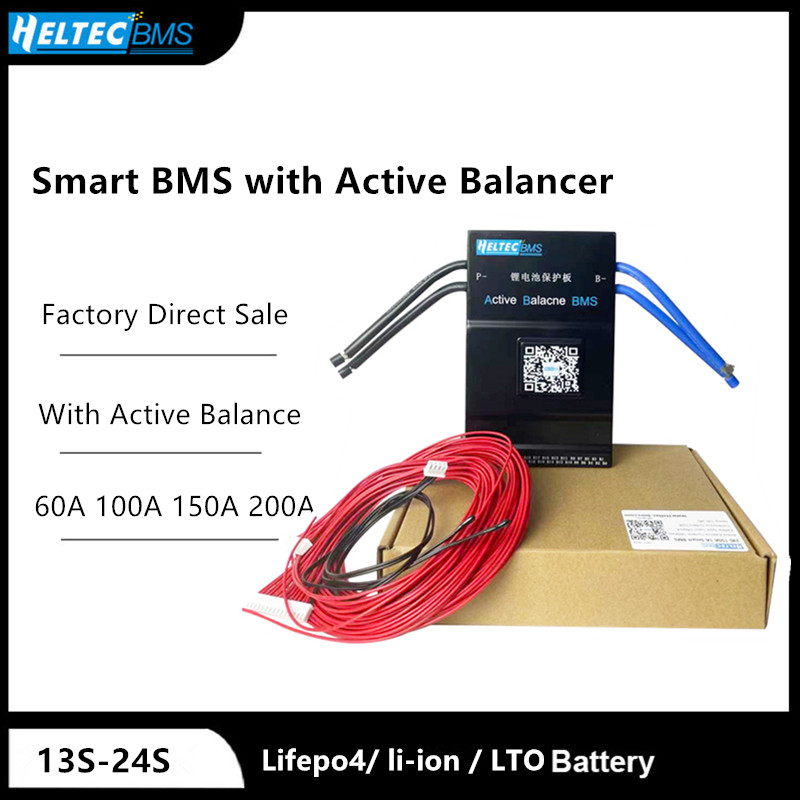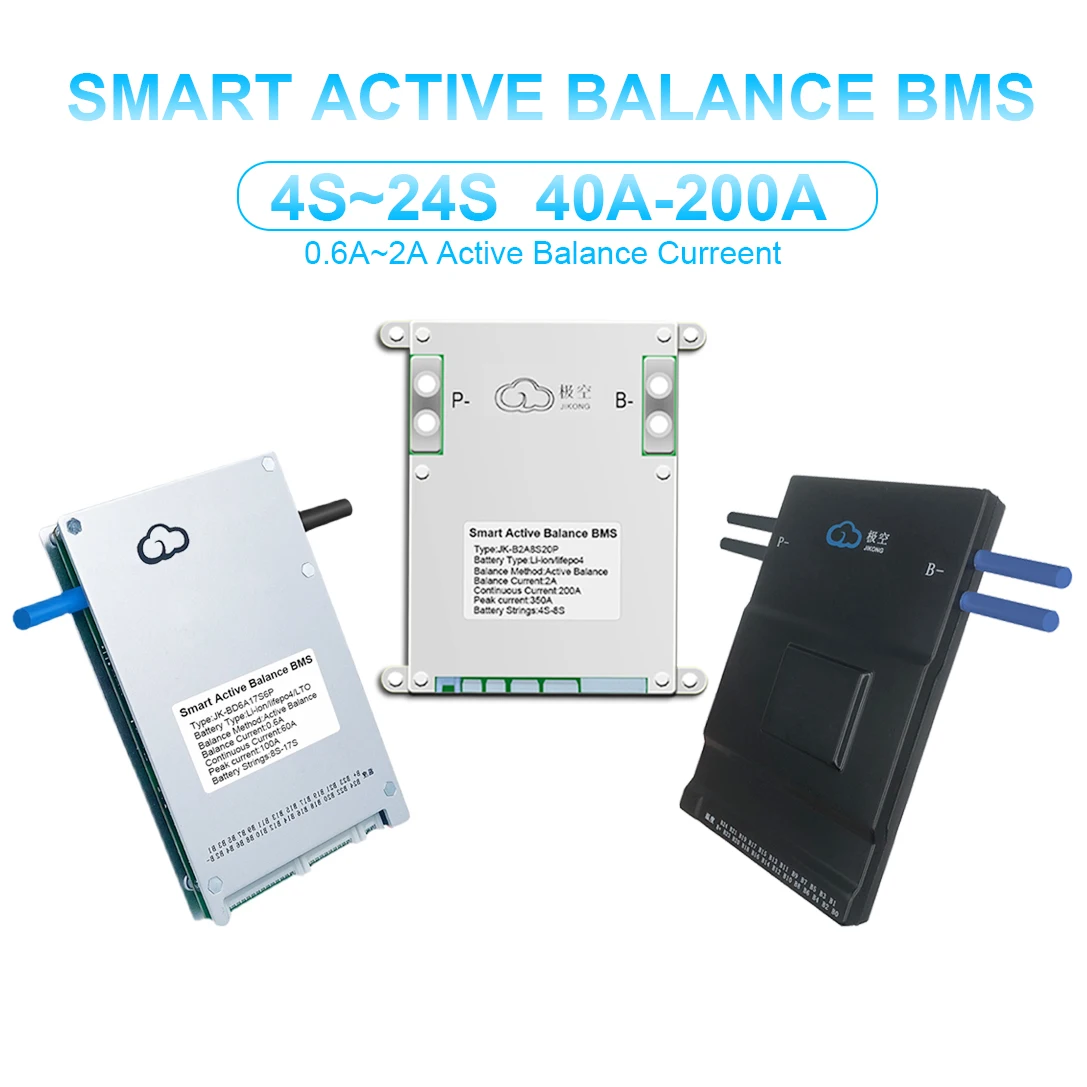Indefatiguable
New Member
- Joined
- Nov 18, 2021
- Messages
- 32
Hey all,
I'm looking at ordering:

 heltec-bms.com
heltec-bms.com
For use in a 16s string of:
 www.powerwholesale.net
www.powerwholesale.net
and as someone who has never built a lifepo4 bank before wanted to double check its what I need.
I need 200amp discharge (actually need 180a), temp cutoff (having charge cutoff until reset is acceptable), and active balancing.
I had read that I need a bms with specifically 16s, otherwise bms will detect non existent cells and trip out like a rich kid at burning man who forgot to hydrate.
This unit seems to not have that problem?
Web page linked has like zero details?
Is there a better source of information on this unit somewhere?
Thanks in advance.
I'm looking at ordering:

13-24S Smart BMS with 0.6A 1A 2A Active balancer
[vc_row][vc_column][/vc_column][/vc_row]
 heltec-bms.com
heltec-bms.com
For use in a 16s string of:
Discount China Wholesale USA STOCK FAST UPS DELIVERY Grade A CATL 280Ah Battery Lifepo4 Prismatic cells with free busbar [LF280]- $160.00 - PowerWholeSale
PowerWholeSale USA STOCK FAST UPS DELIVERY Grade A CATL 280Ah Battery Lifepo4 Prismatic cells with free busbar [LF280]- USA STOCK FAST UPS DELIVERY Grade A CATL 280Ah Battery Lifepo4 Prismatic cells with free busbar HOW TO ORDER? Step1. Please check the real price (different address with...
and as someone who has never built a lifepo4 bank before wanted to double check its what I need.
I need 200amp discharge (actually need 180a), temp cutoff (having charge cutoff until reset is acceptable), and active balancing.
I had read that I need a bms with specifically 16s, otherwise bms will detect non existent cells and trip out like a rich kid at burning man who forgot to hydrate.
This unit seems to not have that problem?
Web page linked has like zero details?
Is there a better source of information on this unit somewhere?
Thanks in advance.




